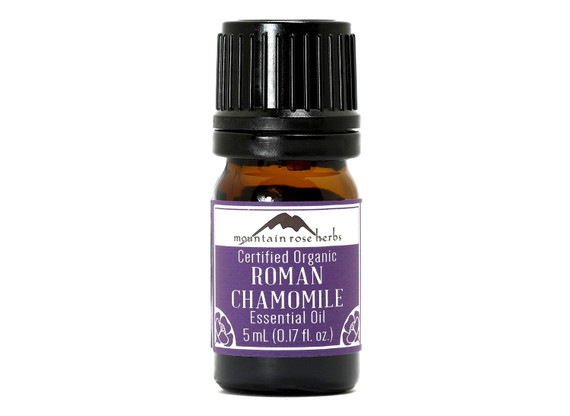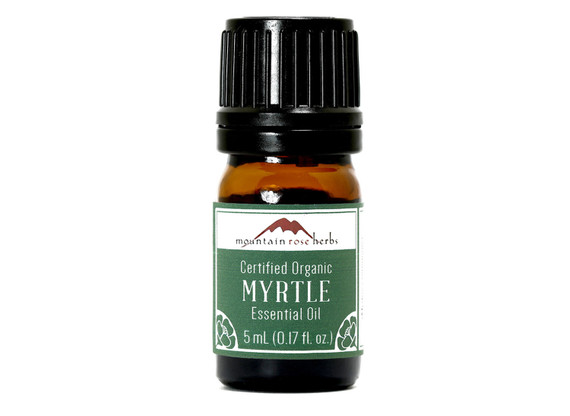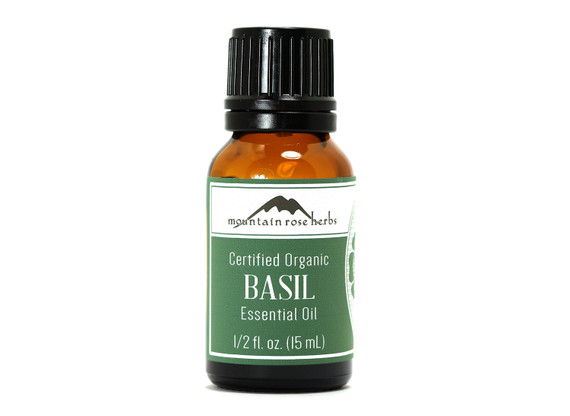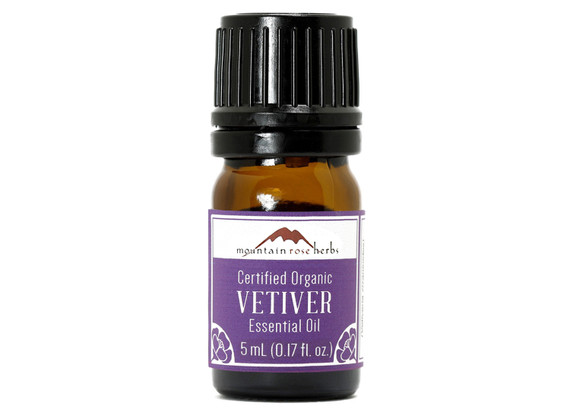Moroccan chamomile essential oil is a middle note steam distilled from the flowers of Omenis mixta. While not a true member of the chamomile family, the flowers resemble traditional chamomile flowers. Moroccan chamomile oil shares the sweet, fruity characteristics of other chamomile oils for perfume or aromatherapy. This middle note essential oil blends well with lavender, cypress, cedar, vetiver, and citrus oils.
The different chamomile oils that we carry:
Blue Chamomile essential oil has a high content of azulene, the active organic compound of chamomile, which bears a blue color. This oil is most suitable as an ingredient for skin care products. Blue chamomile is derived from the German chamomile plant, which is an upright growing annual.
Roman Chamomile essential oil is used in body care recipes, as well as for aromatherapy. It has a very pleasant, soothing, apple-like aroma. The Roman chamomile plant is a low growing, perennial ground cover.
Moroccan Chamomile essential oil is not from a true chamomile plant. It is used mainly in perfume blends, and for aromatherapy. The plant is an annual that grows in the Mediterranean and in the Middle East. This is a product new to the market, it does not have a long history of traditional uses like true chamomile. Moroccan chamomile is not considered a true chamomile. It should not be used as a replacement for Roman or German oils in a blend, because it is chemically and aromatically different.
Blends Well With
Cedarwood, cypress, frankincense, lavender, oakmoss, and vetiver
Packaging
5 mL, 1/2 oz., and 1 oz. sizes are packaged in an amber glass bottle with a reducer cap. Larger sizes are packaged in amber screw cap bottles and do not come with reducers or droppers.
Label Updates
We are currently transitioning to an oil-resistant label for our essential oils. If ordering more than one oil you may receive both types of labels as we make this transition. Our new labels are a poly-base and printed in full color in-house.
Precautions
This oil has no known precautions. Never use essential oils undiluted, in eyes or mucus membranes. Do not take internally unless working with a qualified and expert practitioner. Keep away from children.
Before using topically, perform a small patch test on your inner forearm or back by applying a small quantity of diluted essential oil and apply a bandage. Wash the area if you experience any irritation. If no irritation occurs after 48 hours it is safe to use on your skin.












